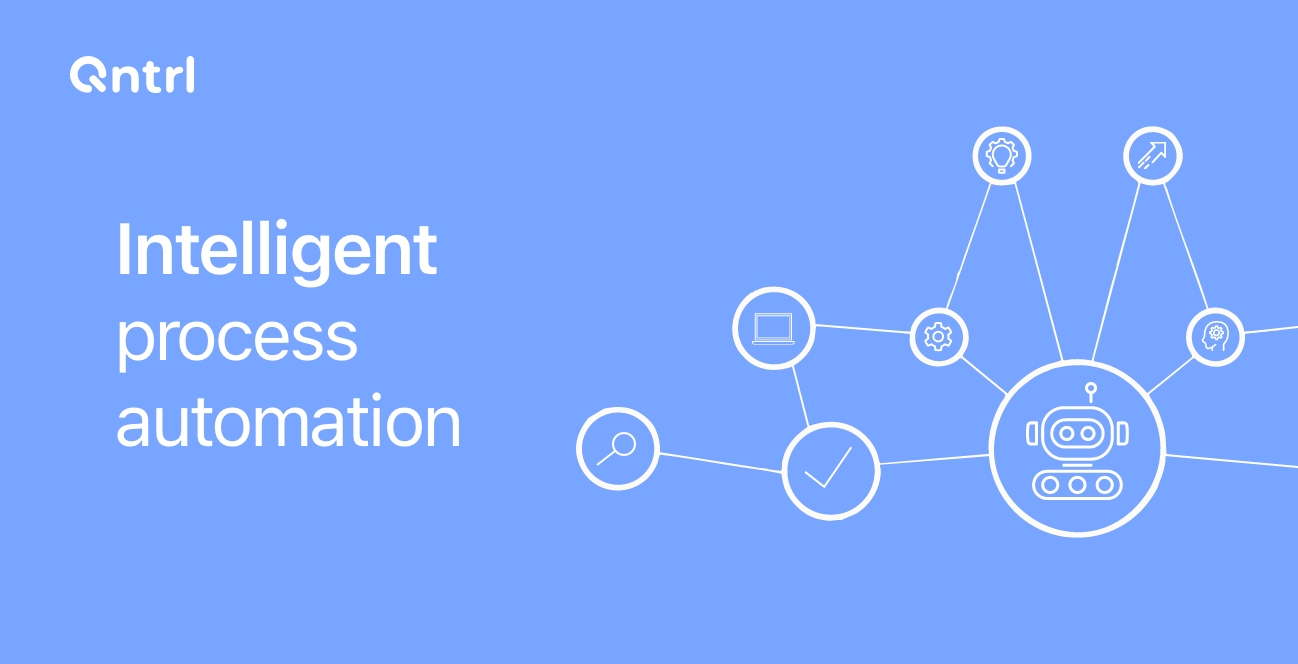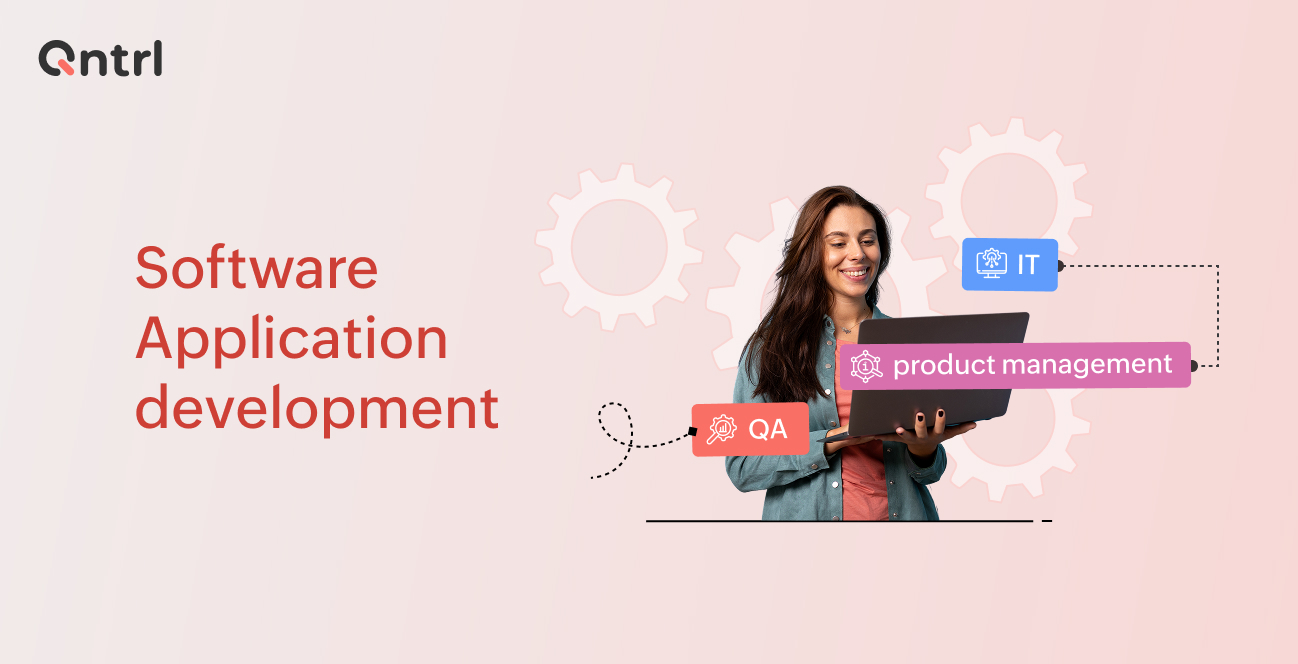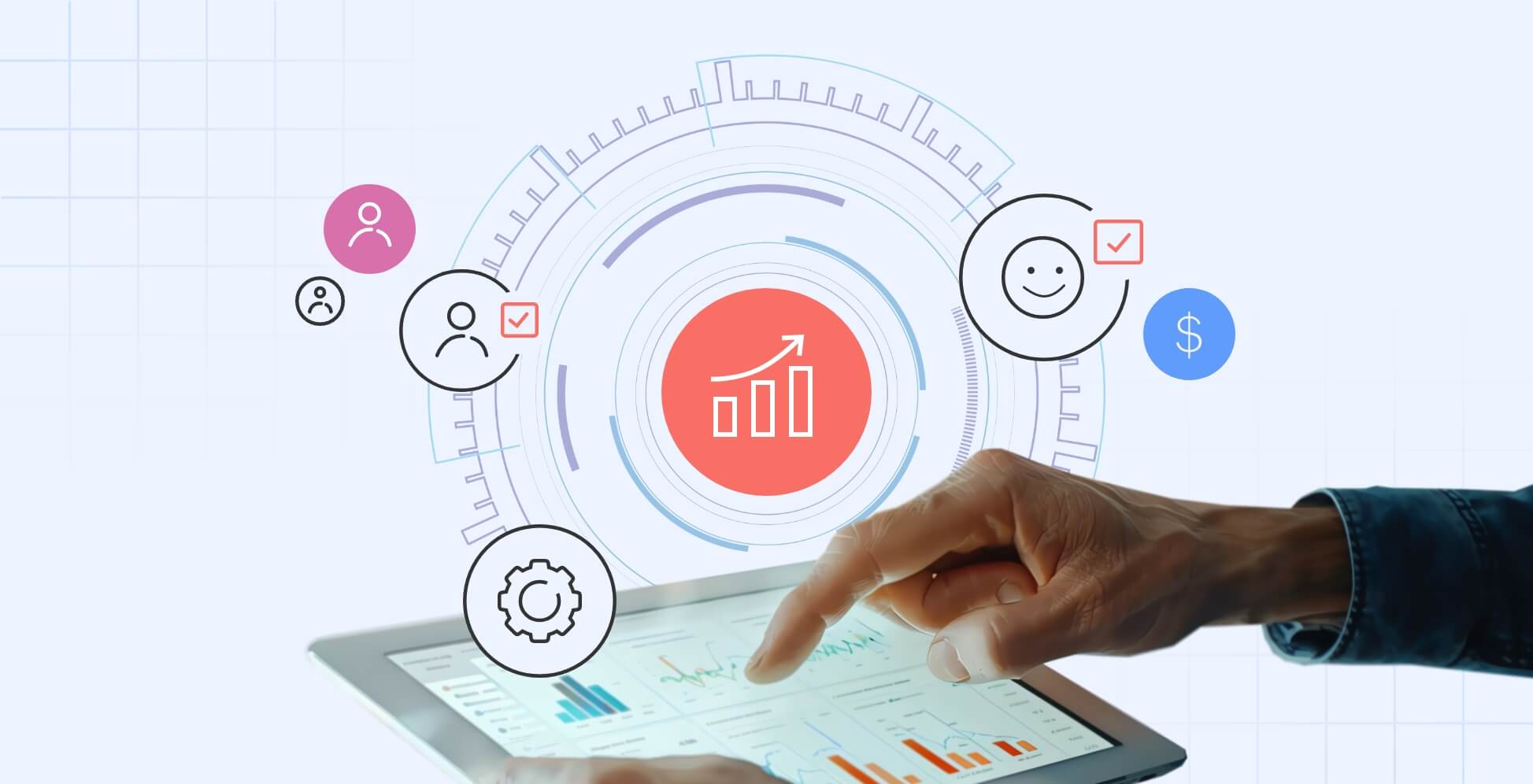A guide to adapting intelligent process automation for your enterprise in 2025

Given today’s rapidly changing business environment, CIOs and business transformation professionals (BTPs) are challenged more than ever to improve profit margins, provide superior customer experiences, and deliver a substantial return on investment. This has, in turn, quickened the pace of adoption of digital transformation initiatives.
The rise of AI, machine learning, and natural language processing has changed automation by enabling systems to make decisions, learn from data, and interact intelligently with users—leading to higher productivity, faster processes, and around-the-clock service availability.
This technological revolution has led to the emergence of intelligent process automation (IPA), a dedicated solution for solving the typical issues that today’s businesses encounter.
What is intelligent process automation?
IPA integrates advanced technologies, including AI, ML, and robotic process automation (RPA), to streamline and enhance business processes. While traditional automation works with structured tasks, IPA can work with unstructured data—images and text—to automate a wide range of workflows. This capability enables organizations to eliminate repetitive tasks, thus enabling teams to focus on higher-value activities.
Technologies advancing automation beyond IPA
Several technologies have emerged that extend the capabilities of traditional IPA, including:
Hyperautomation: Coined by Gartner, hyperautomation involves the application of advanced technologies like AI and ML to automate processes and augment human capabilities.
Cognitive automation refers to machines mimicking human actions and judgment using AI and cognitive computing.
Blockchain technology provides a system of recording information in a way that makes it difficult or impossible to alter, enhancing data security and transparency.
Internet of things (IoT): This technology extends internet connectivity beyond traditional devices to everyday objects, enabling them to communicate and interact over the internet.
Edge computing is a decentralized computing model that processes data and stores information closer to its source, enhancing response times and reducing bandwidth usage.
These technologies aim to not only automate processes but also enhance human capabilities, creating more efficient and adaptive business environments.
Integrating intelligent process automation into growing companies can significantly enhance compliance management. Notably, more than 72% of organizations support intelligent automation strategies. This widespread adoption underscores the critical role of automation in modern business operations.
IPA vs. RPA: Understanding the difference
Robotic process automation automates simple, rule-based, repetitive tasks—tasks that are time-consuming when performed manually. For example, an RPA tool can be programmed to collect phone numbers from applications. However, because RPA tools are rule-based, they are rigid; if a customer enters information incorrectly, the RPA tool may fail to complete the task.
When RPA reaches its limitations, intelligent process automation steps in. By leveraging artificial intelligence, IPA handles more complex processes that involve unstructured data and require decision-making capabilities. This integration allows for more adaptive and intelligent automation solutions.
Recent market analysis projects the global robotic process automation market to grow from USD 3.2 billion in 2023 to around USD $47.3 billion by 2033, representing a compound annual growth rate (CAGR) of 30.90% from 2024 to 2033.
This substantial growth underscores the increasing reliance on automation technologies to enhance compliance and operational efficiency.
How IPA strengthens the automation journey
Intelligent process automation builds upon the automation landscape by, in some cases, incorporating AI and its affiliated technologies to automate business processes more effectively.
IPA imitates human behavior and improves its actions the more it performs them, improving operational efficiency and enabling end-to-end automation. Enabled by this approach, organizations can manage unstructured data without the need for large training datasets or rigid rule-based programming, thereby enhancing the efficiency and agility of businesses.
Key advantages of intelligent process automation
Many automation solutions lack situational awareness, necessitating human intervention when issues arise. Ideally, intelligent business process management tools could possess predictive capabilities and focus on data timeliness, context granularity, and actionability. These sophisticated abilities allow organizations to decrease employee input and reduce operational costs, leading to increased revenue over time.
Traditional workflow tools rely heavily on human input for appropriate actions. A one-size-fits-all approach can cause workflow disruptions that require human assistance. In contrast, IPA operates autonomously and improves over time by using machine learning algorithms to make process decisions, reducing the need for manual intervention.
While RPA excels at performing tasks faster than humans, it struggles with unstructured data. IPA addresses this gap by using features like optical character recognition to extract data from unstructured sources, such as images, text, and documents. It can also convert this data into structured formats that RPA systems can process, enhancing workflow agility and operational efficiency.
Getting started with IPA implementation
To embark on an IPA transformation, follow these steps:
Map out existing processes: Understand and document current workflows to identify areas for automation.
Choose the right IPA platform: Select intelligent process automation software that integrates seamlessly into your workflows.
Redesign processes for automation: Rethink workflows, processes, sub-processes, and tasks to maximize efficiency.
Ensure continuous optimization: Monitor automated processes regularly to maintain performance and make adjustments when necessary.
Embracing IPA as the future of automation
More organizations are identifying the limitations of conventional RPA and adopting intelligent process automation to address these challenges. IPA can not only mimic human work but also potentially learn to perform tasks more efficiently over time.
IPA has become a game changer and is enabling organizations to develop smarter and more agile business processes.
Applications of IPA across industries
Intelligent process automation can enhance productivity, reduce operational costs, and improve customer experience across various industries. Notable use cases include:
Retail: IPA can streamline inventory management by automating stock level monitoring, reordering supplies when thresholds are met, and analyzing purchasing patterns to optimize demand forecasting. This reduces waste and ensures product availability.
Data collection: IPA tools can gather data from multiple platforms, updating records with information found in emails and phone calls, thereby relieving customer service representatives from manual data collection.
Manufacturing: Automation in production lines enhances efficiency by detecting quality issues in real time, predicting equipment maintenance needs, and ensuring compliance with safety standards—ultimately reducing downtime and production costs.
Insurance: In claims departments, IPA software can extract essential data from claim forms and input it into customer relationship management (CRM) systems, streamlining the process and reducing manual errors.
Finance: Financial institutions use IPA to automate transaction processing, fraud detection, and compliance reporting. By minimizing manual intervention, banks and financial firms enhance accuracy, security, and efficiency in financial operations.
Shipping: IPA tools can analyze shipping data to optimize routes and schedules, prevent delays, maximize resources, and reduce bottlenecks.
Why you should empower your enterprise with intelligent process automation
Adaptability is paramount to surviving in today's competitive digital landscape. That's where the Qntrl BPM platform comes in, seamlessly meets your process automation needs and optimizing unique business processes across departments.
With Qntrl, businesses can streamline workflows, connect diverse systems, and scale operations as they grow. Because of its flexibility, it’s simple to replicate IPA using Qntrl, which in turn leads to improved efficiency, accuracy, and agility.
Whether reducing manual tasks or gaining deeper insights, Qntrl empowers enterprises to unlock the full potential of automation. Sign up for a free demo with Qnrtl today.
Enjoying your reading?
Enjoy organization and visibility too!
Qntrl can help you organise, control and improve production and projects in your team.







